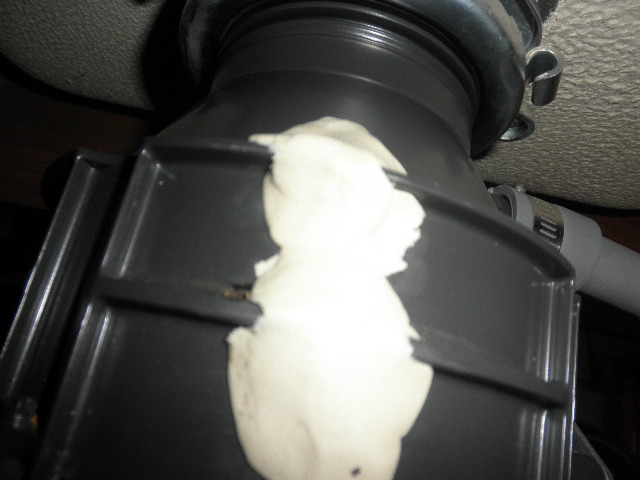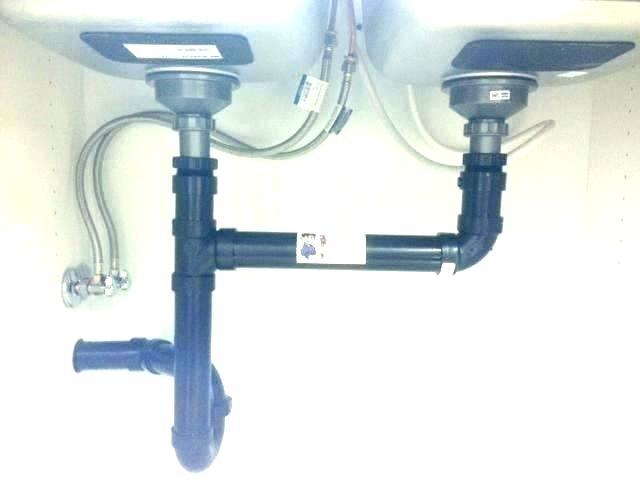Fast Solutions for Fixing a Dripping Waste Disposal Unit
Fast Solutions for Fixing a Dripping Waste Disposal Unit
Blog Article
Listed here below you might get lots of good insight when it comes to Tips on Fixing a Leaking Garbage Disposal.

Garbage disposals are important kitchen devices that aid in disposing of food waste successfully. Nonetheless, a dripping garbage disposal can be an aggravating and messy trouble to take care of. Thankfully, many leakages can be taken care of quickly with a few simple actions. In this short article, we will review exactly how to repair a leaking garbage disposal successfully.
Introduction
Garbage disposals are mounted under cooking area sinks and are designed to shred food waste right into smaller sized pieces, permitting it to travel through the pipes system quickly. While these devices are typically trusted, leakages can take place with time as a result of wear and tear, loosened connections, or damages to the unit.
Step-by-Step Overview to Fixing a Leaking Garbage Disposal
Switch off the Power
Prior to trying any type of repair work, ensure that the power to the garbage disposal unit is turned off to prevent the danger of electric shock.
Situate the Leak
Determine the precise area of the leak and identify the cause
Tighten up Connections
Utilize a wrench to tighten any type of loosened connections between the disposal system and the plumbing system.
Change Seals or Gaskets
If the leak is due to used seals or gaskets, eliminate the old components and change them with new ones.
Patching Cracks or Holes
For splits or openings in the disposal device, usage epoxy or a suitable patching material to secure the broken area.
Determining the Resource of the Leak
Prior to trying to repair a dripping waste disposal unit, it is important to identify the source of the leak. This can commonly be done through visual assessment or by performing simple tests.
Visual Assessment
Inspect the garbage disposal system meticulously for any indications of water leakage. Pay very close attention to locations around seals, gaskets, and link factors.
Testing for Leaks
One way to evaluate for leaks is by running water with the disposal system and looking for any kind of noticeable indicators of leakage.
Common Reasons For Leaks in Trash Disposals
Worn Seals and Gaskets
Seals and gaskets play a critical role in stopping water from leaking out of the waste disposal unit. Gradually, these elements can degrade, bring about leakages around the disposal device.
Loose Links
The links between the waste disposal unit and the plumbing system can end up being loose over time, creating water to leakage out throughout operation.
Cracks or Holes in the Disposal Unit
Physical damages to the garbage disposal, such as fractures or holes in the housing, can also cause leakages.
Devices and Materials Needed for Repairing a Leaking Waste Disposal Unit
Before beginning the repair process, gather the essential tools and products, consisting of a screwdriver, adjustable wrench, plumbing's putty, replacement seals or gaskets, and epoxy or patching material for repairing splits or openings.
Checking the Garbage Disposal After Repair
As soon as the fixing is total, evaluate the garbage disposal by running water through it to ensure that the leak has actually been solved.
Preventive Upkeep Tips to Prevent Future Leakages
To avoid future leaks, it is necessary to perform normal upkeep on your garbage disposal. This includes maintaining it clean, avoiding placing non-food items or tough items down the disposal, and regularly checking for leakages or other concerns.
Final thought
In conclusion, dealing with a leaking waste disposal unit is a reasonably simple procedure that can be finished with standard tools and products. By following the actions described in this write-up and practicing preventative maintenance, you can maintain your garbage disposal in good working problem and stay clear of pricey repair work in the future.
HERE’S HOW TO FIX YOUR GARBAGE DISPOSAL
WHAT TO DO IF SOMETHING IS STUCK IN YOUR GARBAGE DISPOSAL
If the impeller won’t turn, there’s probably something stuck in the disposal. It could be a steak bone or peach pit, although plumbers report pulling all sorts of inappropriate objects out of disposals, such as bottle caps or aluminum foil. Make sure power to the disposal is off, and look inside to see if you can see the source of the jam.
Never stick your fingers in a disposal. Pull out anything you see with tongs or pliers.
If the disposal still won’t work, it may be time to call a plumber or consider buying a new disposal. GEM Plumbing & Heating is here for all of your garbage disposal needs.
WHAT TO DO IF YOUR GARBAGE DISPOSAL DRAIN IS CLOGGED
Take everything out from underneath your sink and put a bucket or other container under your disposal to catch any water that drains out. Disconnect your disposal from the power supply. If it’s plugged into a wall outlet, unplug it. If it’s hardwired into an electrical box, go to the electrical panel and turn off the breaker for the disposal. Pour ¼ cup of baking soda into the drain, followed by ½ cup of white vinegar. Give the solution a few minutes to fizz and do its work. Look into the disposal with a flashlight to see if you can see an object that might be causing the clog. If you see it, remove it using tongs or pliers. MORE TIPS ON DEALING WITH A CLOGGED GARBAGE DISPOSAL
Never use drain cleaner in a garbage disposal. It can damage the plastic parts inside the disposal. You can also be splashed with the caustic liquid while working to clear the clog. Beware! Never stick your fingers into a garbage disposal. Trust us — not a good idea. In many instances, your dishwasher drains through your garbage disposal. This allows the disposal to grind any large food particles that may be drained out of your dishwasher. There are some jurisdictions, however, where the plumbing code prohibits such a connection. WHAT TO DO WHEN YOUR DISHWASHER DRAINS THROUGH THE DISPOSAL
Run some water in the sink so your plunger has at least a ½-inch of water to create a seal and plunge vigorously up and down several times. You may need to repeat this several times. Run hot water down the drain to clear any residue that remains.

As a passionate reader on Why Is , I think sharing that excerpt was a good idea. Enjoyed reading our post? Please share it. Let another person locate it. Thank-you for your time invested reading it.
Call Today Report this page